Articles

CSEG 2018/2019 Executive Election
CSEG Executive Committee
Summary of candidates for the 2018/2019 CSEG Executive election.
...
In Memoriam of Barry Korchinski
Neil Rutherford and Barry Johnson
Barry’s honest and pleasant manner earned him professional respect and many friends over the years. The Calgary geophysical industry and his friends will truly miss the quiet, always smiling, always supportive man, who created many years of fond memories for those who knew him.
...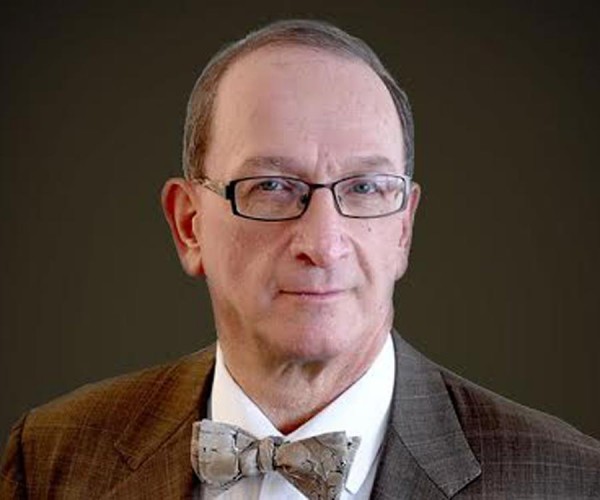
The Final Shakeout Phase of the 2014 Energy Bear Market is Now Underway – What Happens from There?
Josef Schachter
Many factors have an impact on the energy market and the market for hydrocarbons in particular. As well as addressing the current factors at the time of the DoodleTrain Luncheon the following items will be addressed and analyzed.
...
Introduction to October Focus: Intro to Seismic Processing
Rob Holt
This month we feature four articles on different aspects of seismic processing. As a whole they capture many of the recent advances in the field of seismic processing, which slowly but surely evolves as time goes by.
...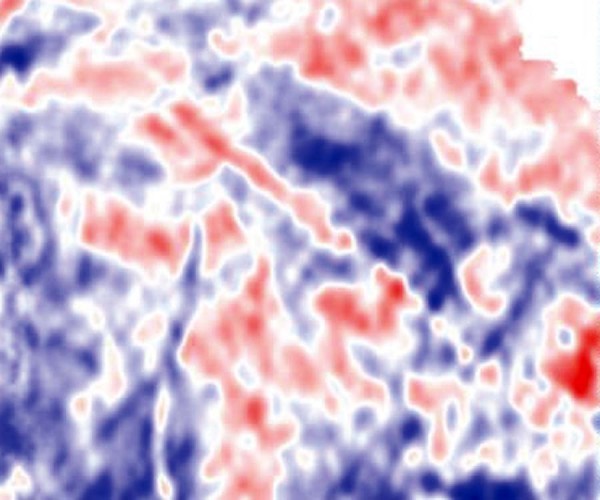
6D Interpolation of Seismic Data – Rationale, Practice and FAQs
Mark Ng and Dan Negut
For many reasons, such as acquisition limitations, economic constraints, and merging data of various shooting parameters from different vintages, seismic data needs to be regularized, upsampled, reconstructed and interpolated. Furthermore, a common deliverable of interpolation is regularized prestack data which will improve many state-ofthe- art inversion processes and migration imaging.
...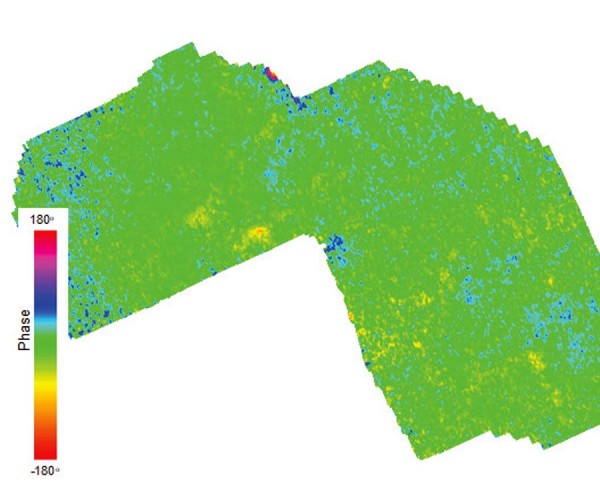
A Well-Guided Processing Approach
Regan Kennedy, Josh Curtis, Greg Staples and Kristof De Meersman
In any processing flow countless parameter choices are made, including which processes to apply, what order to apply them in, and how to parametrize them. In seismic processing, many different but sound choices can all produce similar images. These similar images may not be geologically equivalent when examining all products…
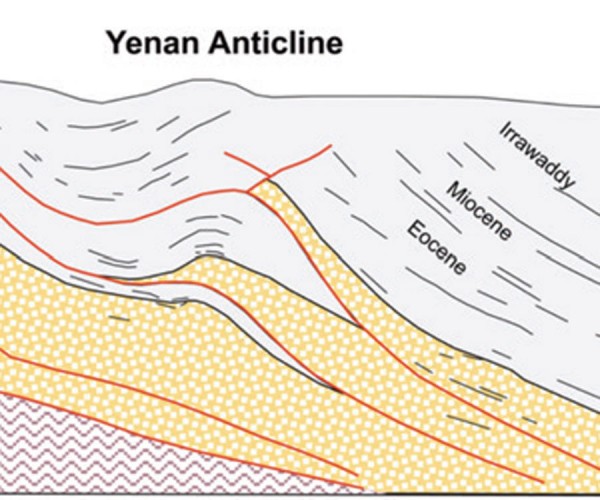
Geologically Constrained Anisotropic Depth Imaging in the Central Burma Basin, Onshore Myanmar
Rob Vestrum, Christophe Gonguet and Tim MacArthur
Understanding the local structural styles and sedimentary sequence is key to constraining depth-migration velocity models in structured onshore seismic data. Judicious application of geologic constraints in the model building resulted in compelling imaging improvements on 2D seismic in this structurally complex area.
...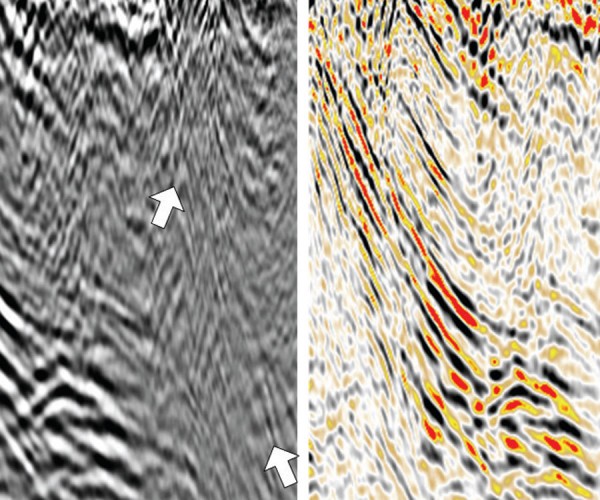
Seismic Reprocessing for Improved Imaging in the Permian Basin
Rob Holt
Seismic data enables us to visualize the subsurface in three dimensions with sufficient vertical resolution to identify all but the thinnest of our oil and gas reservoirs. Using seismic data, interpreters map changes in reservoir depth, thickness and character between well locations, and identify the larger faults that create potential…
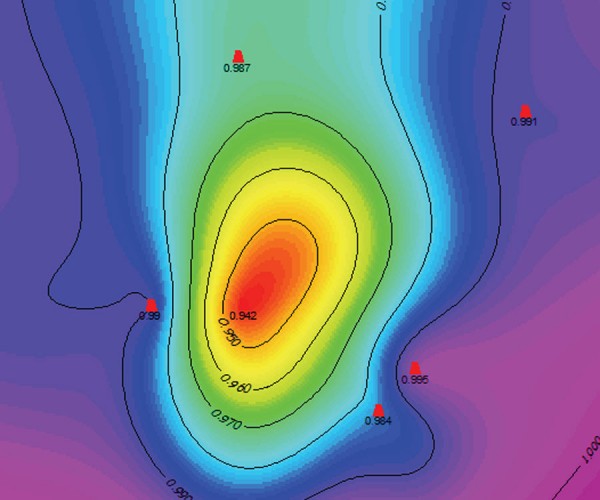
Sonic Velocities and Depth Conversion
Robert Pickering
The current method(s) of converting seismic time data to depth are methods created to work-around the lack of access to an adequate volume of velocity data. Access to sonic velocities provides the opportunity to move all variables of the depth equation into the depth domain where mathematically and geologically correct…

CSEG Distinguished Lecture Tour 2016/2017
Laurie Weston Bellman
It dawned on me about two months after accepting this role as the 12th CSEG Distinguished Lecturer that, aside from being an honour to be chosen, it might be a significant commitment. Dr. Don Lawton (2016/2017 CDL Committee Chair and 2013 CSEG Distinguished Lecturer) had sent out 30-plus emails, copying…
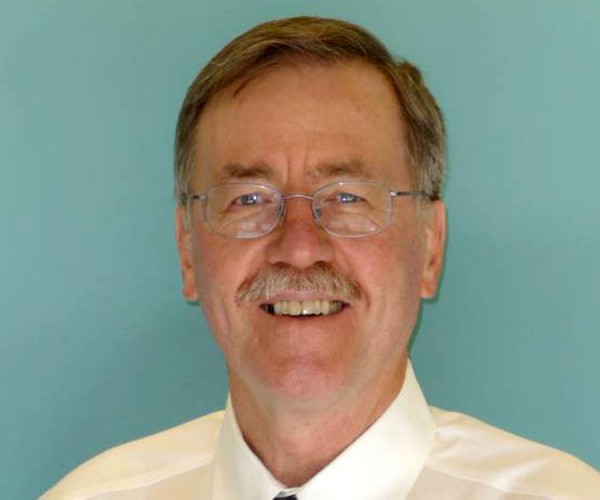
New technologies for permanent reservoir monitoring - the CaMI Field Research Station
Don Lawton
The Containment and Monitoring Institute (CaMI) of CMC Research Institutes, Inc. and the University of Calgary have constructed a Field Research Station (FRS) near Brooks, Alberta, for research into monitoring technologies for containment and conformance of fluids injected into the subsurface. The FRS is a platform for development and performance…

The (Geo)Science of Safety: How Geoscientists are Making Potash Mines Safer
Craig Funk
Potash, a mineral used primarily in fertilizers, has been mined in the province of Saskatchewan, Canada for some fifty years. When geological disturbances or anomalies are encountered during mining, mining crews exercise extra vigilance because the integrity of the roof can become compromised introducing the potential for exposure to falling rock.…

Introduction to September Focus: Value of the Integration of Geophysics
Paul Hausmanis, Louis Chabot and Elwyn Galloway
The focus of this September issue of the RECORDER magazine is VIG, the Value of the Integration of Geophysics. It is very exciting for the VIG Committee, as part of the CSEG, to host this issue, and we would like to thank the RECORDER Committee for offering us this opportunity.
...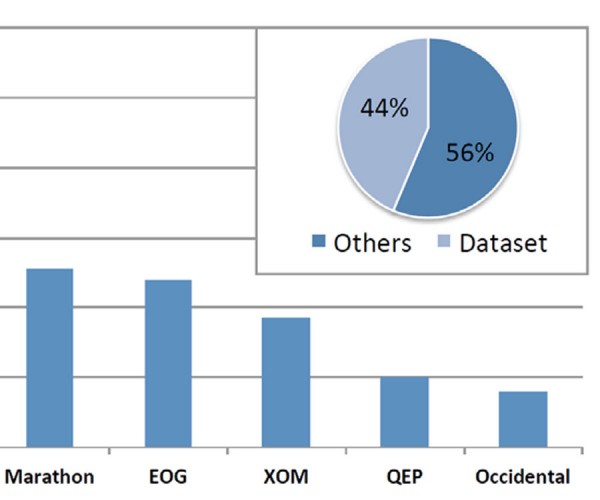
Geoscientific Data Adds Value in Unconventional Reservoirs: Statistically Quantified
Fernando Alvarado Blohm
A dataset of 25 metrics collected from the annual investment reports of 9 public operators in the Bakken Formation is used for statistical analysis of the value of geoscientific data. According to results of this analysis, for each million dollars invested in the geosciences, P90 reserves increase, on average, by…
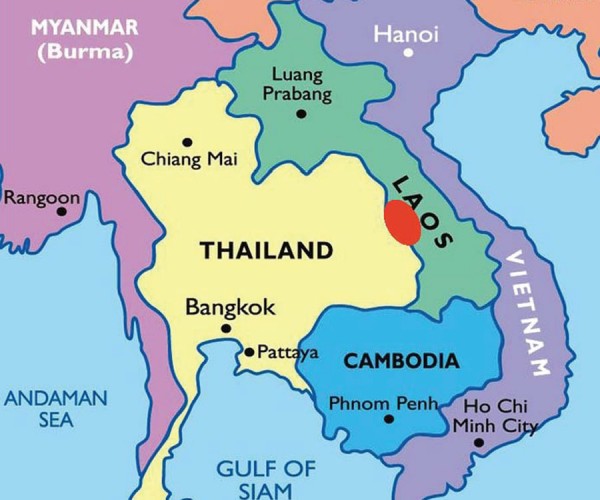
Creating Economic Independence in Southeast Asia
Kathleen Dorey
Considering the challenging times in the Canadian oil and gas industry for the geophysical profession, this article will demonstrate the successful and value-added application of geophysics by a Canadian oil and gas company in Laos, Southeast Asia. The value added by geophysics is quantified by calculation of the oil and…
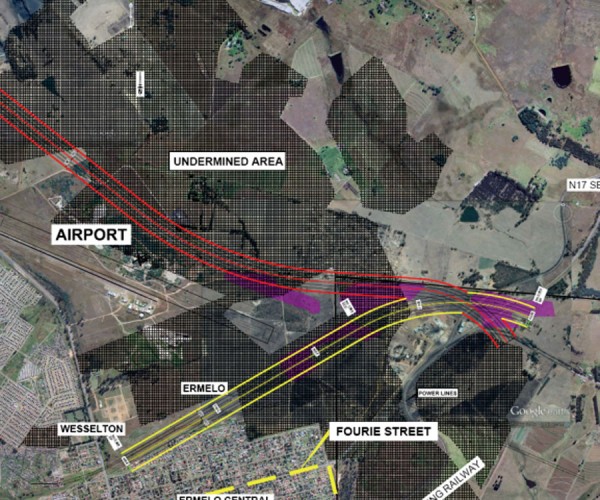
Assessing Risk to the Ermelo Ring Road from Historical Coal Undermining Using Helicopter TDEM and Ground Geophysics
Jean M. Legault, Karl C.H. Kwan, Zihao Han, Geoffrey Plastow, Robert Wilson, Pierre Roux, C.J. Stoffel Fourie
The South African National Roads Agency Ltd (SANRAL) appointed AECOM SA (PTY) Ltd (AECOM) in August 2014 to investigate the viability of constructing a proposed ring road around the town of Ermelo, in the Mpumalanga Province, South Africa. Coal mines have been operational in Ermelo since the mid-1800s, the majority…
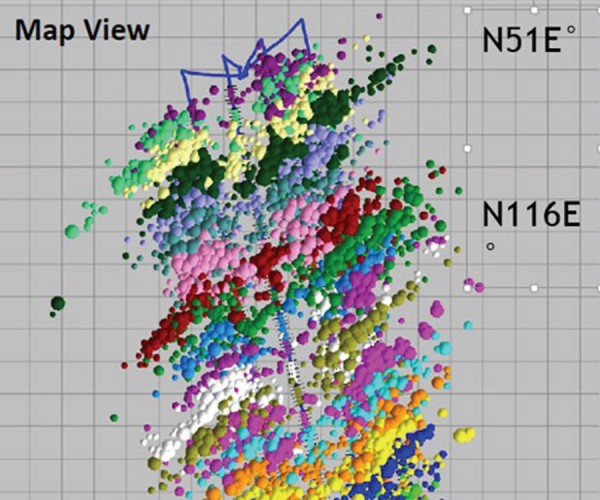
Hydraulic Fracturing Data Integration – What Should I Be Asking My Engineer and What Are They Trying to Tell Me?
Dr. Jennifer L. Miskimins
Communication between technical disciplines in the oil and gas industry is always a challenge. Different definitions, varied nomenclature, diverse cultures and backgrounds all make for challenges when working in the multidisciplinary world of petroleum extraction. This paper is an abridged version of the November 2016 Keynote Luncheon Presentation entitled “Integrating…
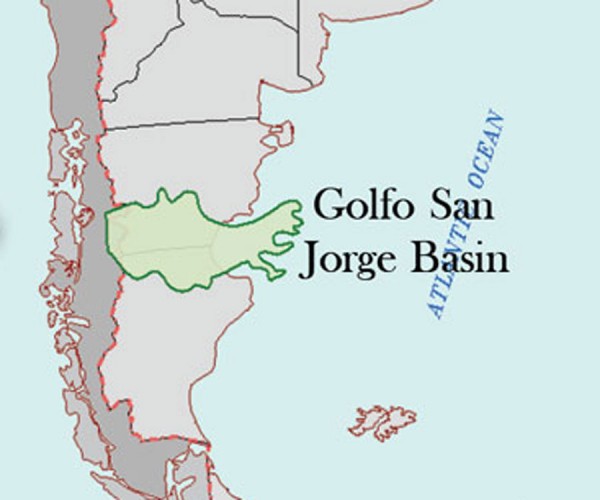
Improving Seismic Data Quality by Reprocessing and Redesign of a 3D Survey in an Area of Chaotically-scattered Source-generated Noise
Norman Cooper, Yajaira Herrera-Cooper, Eduardo Trinchero, Luis Vernengo, Raúl Stolarza
The purpose of this paper is to propose a two-fold solution to a complex noise problem in the Gulf of San Jorge Basin in Argentina. Irregularly shaped intrusive bodies scattered at shallow depths over large areas above the reservoir generate a severe signalto- noise problem that masks deeper reflection signals…

Introduction to June Focus: Western Canadian Mineral Exploration Geophysics
Jean M. Legault and Oliver Kuhn
Western Canada is well known for its oil and gas sector, but the minerals sector is also an important part of the resource extraction economy. For CSEG readers not familiar with the minerals sector, a closer look will reveal many parallels with the oil and gas world: dramatic up and…
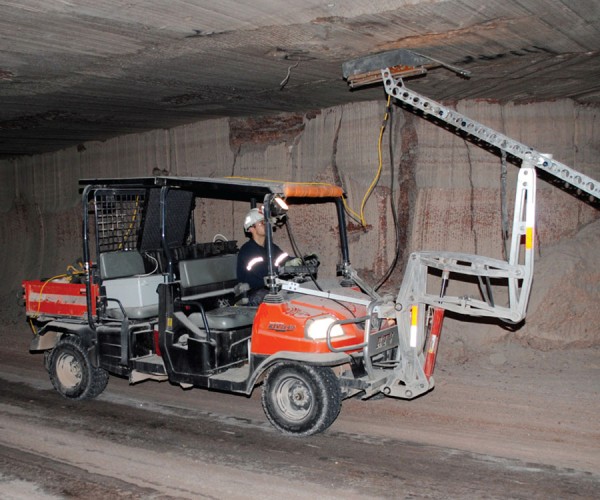
How Geoscientists are Making Potash Mines Safer
Craig Funk, Janelle Appleyard, Jennifer Braun, Jodi Derkach
Within the vicinity of Saskatoon, Saskatchewan, potash is conventionally mined by three operating companies at five different mines. Continuous boring machines (borers) cut the potash out of the seams at about one kilometer depth. The stratigraphy of the roof above the mined-out rooms (salt-beam) in the Saskatoon area mines consists of…









